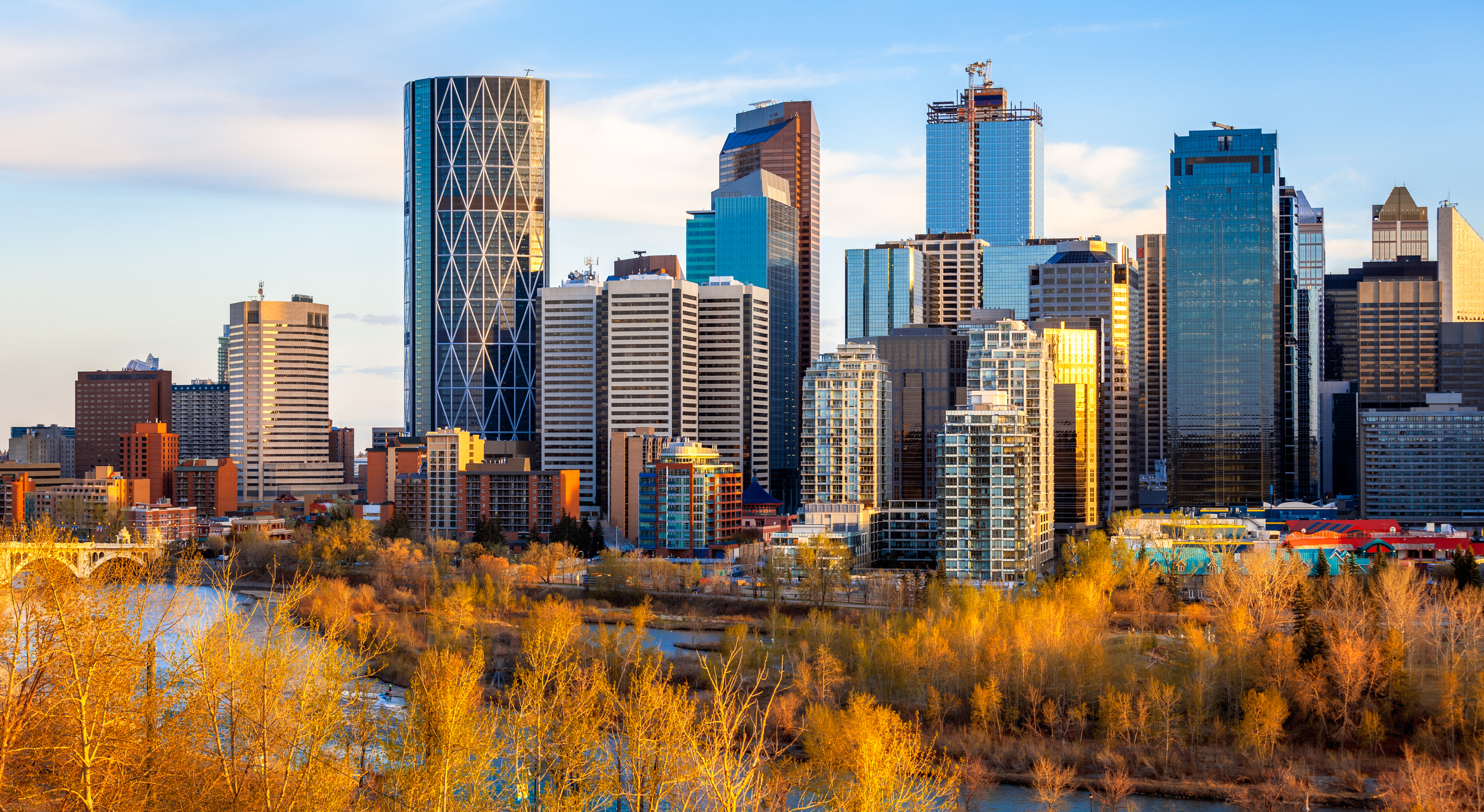Edward Thorp: the world’s greatest investors
Edward Thorp initially focused on convertible bonds – bonds that have stock options embedded within them.

Edward Thorp was born in Chicago in 1932. After graduating with a degree in chemistry, followed by a doctorate in mathematics from UCLA, he took an academic post at MIT. A trip to Las Vegas inspired him to invent "card counting", a legal way of reversing the house edge in blackjack.
After his bestseller Beat The Dealer left him barred from most casinos, Thorp turned to the stockmarket, focusing on options trading. He founded Convertible Hedge Associates (later known as Princeton-Newport Partners, or PNP), one of the first quantitative hedge funds, which he ran from 1969 to 1989.
What was his strategy?
Thorp initially focused on convertible bonds (bonds that have stock options embedded within them). He used a formula he devised to determine whether these were overpriced relative to ordinary stocks, and then arbitraged accordingly. In contrast to other funds at that time, a large proportion of his fund's trading was generated using computer programs. He also made sure the fund remained hedged, so that the fund was immune (in theory at least) to market swings.
MoneyWeek
Subscribe to MoneyWeek today and get your first six magazine issues absolutely FREE

Sign up to Money Morning
Don't miss the latest investment and personal finances news, market analysis, plus money-saving tips with our free twice-daily newsletter
Don't miss the latest investment and personal finances news, market analysis, plus money-saving tips with our free twice-daily newsletter
Did this work?
PNP was extremely successful. From November 1969 to the end of 1988, $1,000 invested in it would have grown into $13,920, compared with only $6,450 for the S&P 500. This works out at a return of 15.1%, compared with 10.2% for the stockmarket as a whole. The results are even more impressive when you consider that it never had a year in which it lost money, even in 1974 when the wider market fell 26.5%. After PNP, Thorp ran another, completely computer-driven, partnership, which returned 18.2% a year between 1992 and 2002, compared with 7.8% for the wider market, again with much lower volatility.
What were his biggest successes?
During the early 1990s he made a lot of money by depositing money in mutual savings and loans associations, which entitled him to shares when they were subsequently listed on the stockmarket. Thorp was also the first person publicly to voice suspicions about the investment fund run by Bernie Madoff, back in 1991 (it was exposed as a Ponzi scheme in 2008).
What lessons are there for investors?
Thorp has argued that his success, and that of other investors, is a counterexample to those who argue that it is impossible to beat the market. "Smart beta" ETFs, which use fixed rules to follow a particular strategy without having to rely on the judgement of a fund manager, follow in Thorp's footsteps.
Get the latest financial news, insights and expert analysis from our award-winning MoneyWeek team, to help you understand what really matters when it comes to your finances.

-
 The shape of yields to come
The shape of yields to comeCentral banks are likely to buy up short-term bonds to keep debt costs down for governments
-
 The sad decline of investment clubs – and what comes next
The sad decline of investment clubs – and what comes nextOpinion Financial regulation and rising costs are killing off investment clubs that once used to be an enjoyable hobby, says David Prosser
-
 The top stocks of 2025 - did you pick a winner?
The top stocks of 2025 - did you pick a winner?As a chaotic year in the stock market draws to a close, we review which stocks were investors’ top picks for 2025
-
 Canada will be a winner in this new era of deglobalisation and populism
Canada will be a winner in this new era of deglobalisation and populismGreg Eckel, portfolio manager at Canadian General Investments, selects three Canadian stocks
-
 Best-performing stocks in the S&P 500
Best-performing stocks in the S&P 500We take a look at the best-performing stocks in the US equity market. Are there opportunities outside of Big Tech?
-
 What is Vix – the fear index?
What is Vix – the fear index?What is Vix? We explain how the fear index could guide your investment decisions.
-
 The case for dividend growth stocks
The case for dividend growth stocksMany investors focus on yield alone when looking for income, that’s a mistake says Rupert Hargreaves. It’s the potential for dividend growth that really matters.
-
 Gilts look attractive, but trusts have more income growth potential
Gilts look attractive, but trusts have more income growth potentialYields on gilts have reached levels not seen for 16 years, but with real yields still negative, investors should look to trusts instead.
-
 Happy days are here again for equity investors
Happy days are here again for equity investorsIgnore the doom-mongers, says Max King. The global bull market began in October 2022, and there is ample scope for further gains. Is your portfolio poised to profit?
-
 US small caps to invest in
US small caps to invest inA professional investor tells us what US small caps he’d consider. This week: Jon Brachle, co-portfolio manager, JPMorgan US Smaller Companies Investment Trust